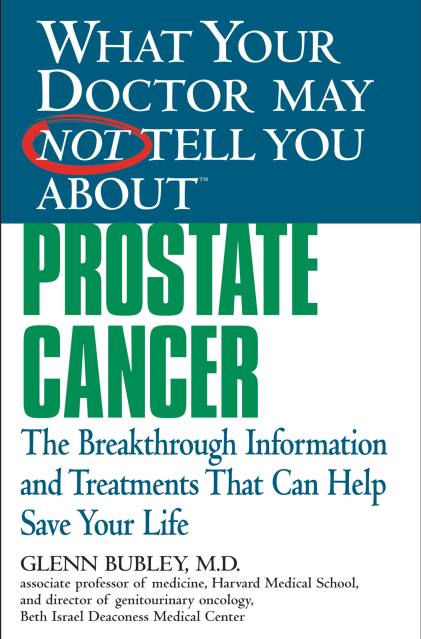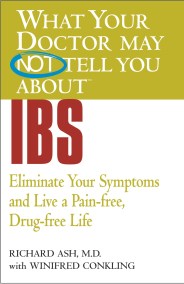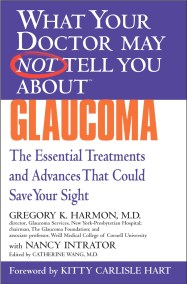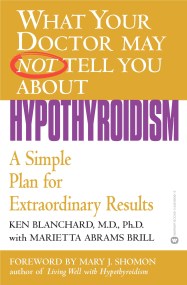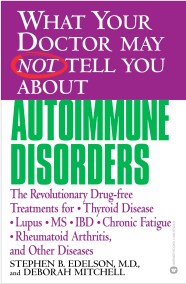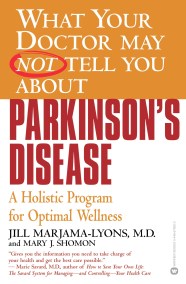Promotion
25% off sitewide. Make sure to order by 11:59am, 12/12 for holiday delivery! Code BEST25 automatically applied at checkout!
By clicking “Accept,” you agree to the use of cookies and similar technologies on your device as set forth in our Cookie Policy and our Privacy Policy. Please note that certain cookies are essential for this website to function properly and do not require user consent to be deployed.
What Your Doctor May Not Tell You About(TM) Prostate Cancer
The Breakthrough Information and Treatments That Can Help Save Your Life
Contributors
Formats and Prices
- On Sale
- Nov 1, 2007
- Page Count
- 272 pages
- Publisher
- Grand Central Publishing
- ISBN-13
- 9780446536684
Price
$1.99Price
$12.99 CADFormat
Format:
ebook (Digital original) $1.99 $12.99 CADThis item is a preorder. Your payment method will be charged immediately, and the product is expected to ship on or around November 1, 2007. This date is subject to change due to shipping delays beyond our control.
Buy from Other Retailers:
What the prostate is, how it works, and what can go wrong
Natural herbal and nutritional supplements that may improve prostate health
New diagnostic tests-and the limitations of standard PSA screening
The pros and cons of traditional surgery, radiation, and chemotherapy and how to assess
promising new treatments Experimental drugs and vaccines that may slow-or even stop-the spread of prostate cancer
How to choose the right doctor-and the best treatment plan-for you.
Newsletter Signup
By clicking ‘Sign Up,’ I acknowledge that I have read and agree to Hachette Book Group’s Privacy Policy and Terms of Use
